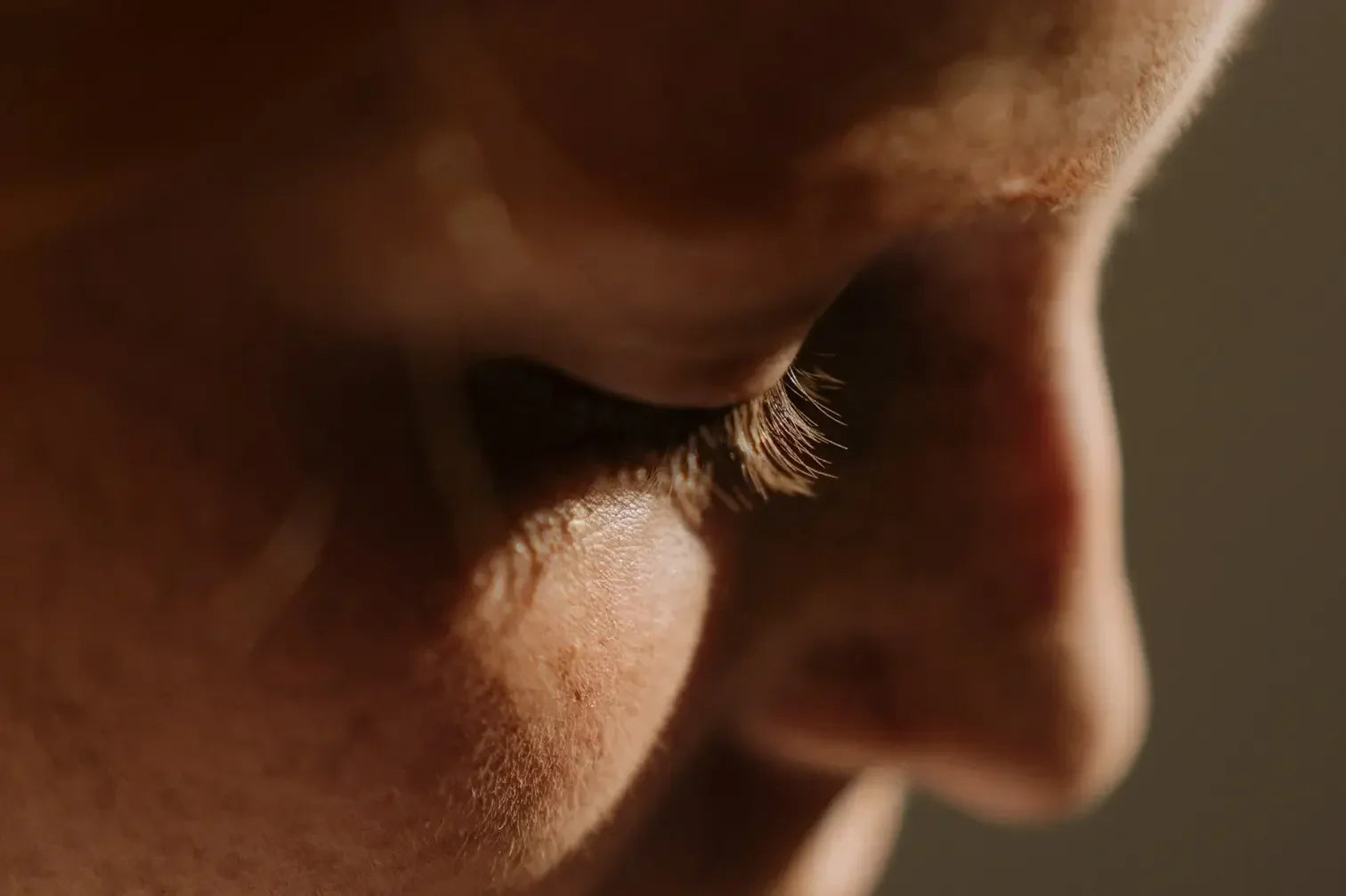01
How Does Skin Cell Turnover Work?
Found in the basal layer of the epidermis, skin stem cells actively help repair the skin throughout our lifetimes. These basal cells are continuously dividing, creating new cells in the process. As more and more new cells are produced, they push older ones to the surface of the skin where they are eventually shed as dead skin cells. [1]
The rate at which this happens depends largely on age. In young adults, a cell’s transit from the basal layer to the surface may only take 20 days. In older adults, it may take upwards of 30 days. This increased time is a result of diminished cell proliferation at the basal layer. Interestingly, this decline in cell renewal does not occur at a constant rate throughout our lifetimes, but rather remains relatively constant and then drops dramatically after age 50. [2]




